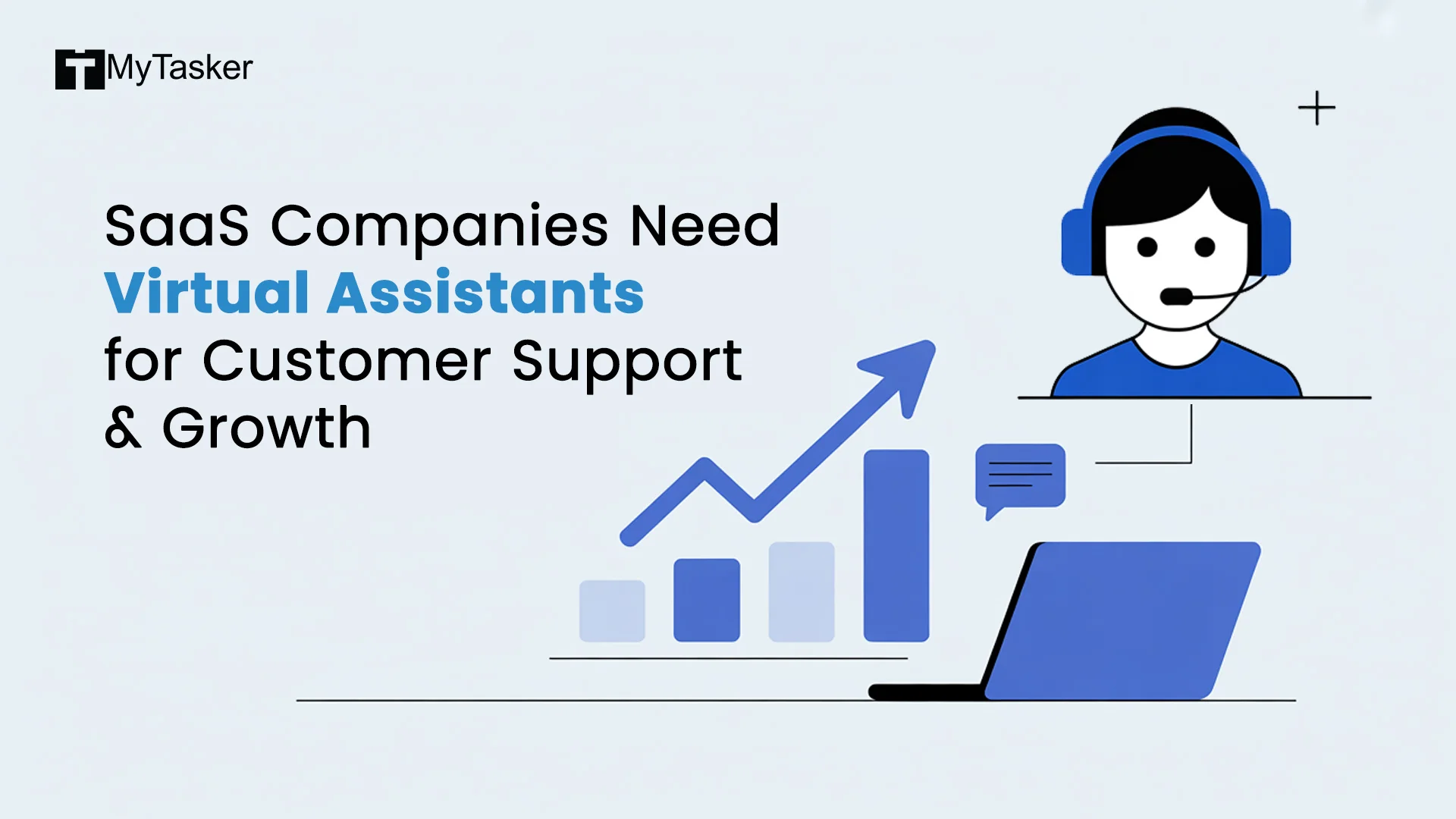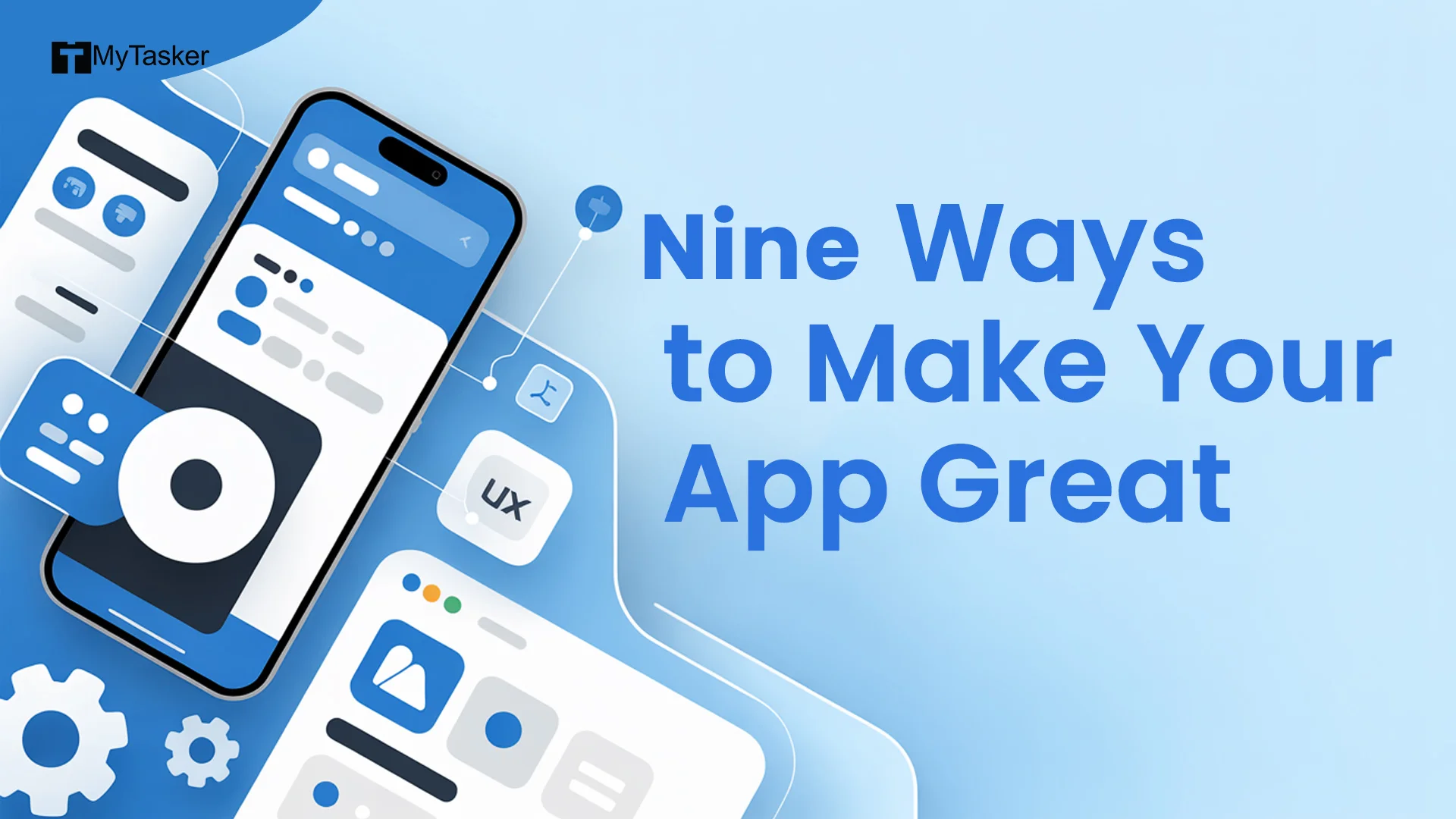Search engine optimisation (SEO) is everything a blog writer should focus on to get better results. Writing a plain and simple blog is not enough to fetch the expected results. Regardless of how well-written and detailed your article is, it will not bring traffic to your website unless the blog is SEO-friendly.
Only an SEO-optimised blog can make its place on the Search Engine Results Page (SERP). SERP is the first page that opens with the answers to queries searched by a reader on the search bar.
Readers will miss out on your blog easily if it is not on the first page of Google search engine results. Reports suggest that out of over four million Google search results, only 0.63% belong to the second page. This way, people change their search query instead of clicking on the second-page results.
So, what should you do?
The answer is simple, you should try to optimise your writing as per the prospective search results. This is what Search Engine Optimisation does. It increases the ranking of your blog which makes it visible to the viewer. And it’s extremely easy to write an SEO-optimised blog if you know the right technique.
You can also write a high-ranking blog or article. In this blog, you will learn the importance of Search Engine Optimisation and some tips to write an SEO-optimised blog. But first of all, let’s understand how search engine optimization writing works.
What is SEO Writing?
Search Engine Optimisation writing is the art of writing content that ranks higher and can land on the first page of Google or other search engines.
But it follows science too. It’s a scientific method that uses several right keywords, tags, relevant URLs and backlinks to perform the much-needed function.
The best way to write SEO-friendly content is to get an idea of what your viewers search for. It’s all about knowing the user's intent. If your content answers the queries of your target audience, it is considered SEO-friendly content. It is a form of writing which is easy to understand by your reader.
Let’s now understand how it works.
How Does SEO Writing Work?
It all depends on the algorithms of the search engines. The SEO writing follows a formula entirely based on the algorithms of the search engines. The search engines only display the most relevant and the most popular content on SERP.
Now, the algorithms measure the relevancy of your content based on the headlines, topic and keywords that you have decided to choose. If it matches the query of your audience, it will land on the first page. The catch? Simple and direct answers without beating around the bush.
This is why you will see the most popular sites on the first page of the search engine results. This is because the number of clicks or traffic is more on these sites.
SEO writing varies depending on a few factors. The ranking on the search engine results page or SERP can be altered by SEO writing.
You see when you add more relevant content and use the right keywords, it improves the visibility of your page by improving the ranking. It alters the algorithm of the search engines. Hiring SEO content writing services can be a valuable strategy for implementing algorithms of the search engines and improving your website's search engine rankings.
How Important is SEO Writing?
SEO writing is cardinal in today’s day and age. Brands are actually doing it. They are paying huge amounts to writers and professionals just to improve the ranking of their pages. The SEO market is as big as 80 million US dollars and that too in the US alone. And it is growing by the day.
So, what makes it so important?
To Convert Readers Into Customers
What is the purpose of your blog or article? Yes, it is to inform and educate customers. But the main purpose of your blog is to convert your readers into your customers. People who need to buy products and services want to read more insightful content.
If your content lands on the first page, the backlinks can take your viewers to your website. Statistics suggest that SEO can lead to close to 15% conversions which are way higher than print advertisements and email marketing.
Returning Readers/ Customers
People are likely to return to the same site to read about some other topic if their reading experience with the first article or blog was worthwhile. It’s a known fact that the first online experience of most new users is through search engines. The right SEO can lead to returning readers as well as customers.
More Number Of Internet Users
As the Internet is readily available, the number of Internet users is also growing. Statistics suggest that in the US alone, there are close to 250 million users who search for their queries on search engines. And more internet users mean more customer base. SEO can help you tap into your target audience.
Search Engines Have More ROI Than Social Media
ROI or return on investment is the rate of conversion in comparison to the investment made. This is where search engine conversions surpass social media conversions.
Although social media is a major marketing tool these days, many customers like to search for a particular product on search engines first before deciding to buy it.
Cheaper Than Paid Marketing
Writing SEO content is a marketing tool that is way cheaper than paid marketing. It costs less than advertisements and social media marketing. If you have an in-house SEO content writer, it will cost even less. Hiring website content writing services with a strong client base can also be a valuable strategy for creating content that appeals to your target audience.
And these days, having a blog or article is essential. Data suggest that a website that has a blog has almost 70% more leads than those that doesn’t. Almost 70% of customers learn about a product or service through a blog.
Also, where some social media websites charge you for promoting your content, knowing and manipulating search engine algorithms is free. If you do it right, you won’t have to shell out a lot of money. You can add as much content as you want on your website. More content means more popularity and more chances to land on the first page of SERP.
If You Don’t Do It, Someone Else Will
The competition is cutthroat and fierce. Times are changing and so are the ways to earn money. Twenty years ago, nobody would have thought that businesses would run solely on the Internet.
But things change and evolve. The internet, as we know it, is also changing day by day. SEO is evolving. So, if you don’t use it to your advantage, someone else will.
GenZ & Millennials Have Shorter Attention Span
GenZ and Millennials have a shorter life span as compared to the earlier generations. As mentioned above, these generations are more likely to change their queries than to click on page two. Right SEO can help you target these generations which can be your future customers.
But how to write an SEO-optimised blog?
Keep reading to know some tips and techniques to write a blog that lands on the first page of search engines.
Six Tips To Write An SEO-Optimised Blog
There are several ways to increase traffic on your site but it all comes down to six of these. The best way to write SEO-friendly content is to:
- Do keyword research
- Write an SEO-friendly headline
- Use title tags
- Frequent use of keywords
- Meta description
- Use backlinks
Let us explore these areas in detail.
Do Keyword Research
But what are keywords?
These are words or combinations of words or phrases that your viewers are likely to type on the search bar to look for answers to their queries. For example, if a reader is looking for places to visit on weekends, their query will be ‘best weekend getaways,’ or ‘tourist places near xyz’. In this case, these queries become the keywords.
If you add these terms to your content, the chances of your page landing on the SERP are higher. So, to write SEO-optimised content, you need to do research and find out about the active keywords related to the topic.
Generally, one to two primary keywords should be used in the blog. You can also use three to four related keywords. To find the right and relevant keywords, you can directly search on Google. Just type in the Google search box and the related terms will show in the drop-down menu. Another way is to use a keyword finder tool.
Write An SEO Optimised Headline
Your headline is the first thing your viewer will see on the SERP. If it’s catchy, the readers will click on it. However, having a catchy headline does not guarantee that your article or blog will land on the first page of the search engine results.
Use primary keywords in the headline to avoid any missing gaps. It is crucial to remember that the headline should be short and crisp.
Using easy and understandable language in your headline is also a good idea. You need to keep in mind your readers while creating a headline. Research to identify what kind of vocabulary your readers use while searching a query.
Use Title Tags
Title tags are different from your headlines. These are the tags that are sometimes shown on the SERP and social media posts. These are generated through HTML code. These are shorter than your headlines and are more likely to bring traffic to your website.
Some SEO experts call optimising title tags as one of the easiest ways to optimise your article or blog. Title tags help the algorithms of the search engines understand what kind of queries your content answers. It will also tell the viewers what they are in for.
Now, it’s very important to keep your title tags short and crisp. It is usually shorter than the headlines. It is mandatory to use the primary keyword in the title tags.
Frequently Using Keywords in Your Blog
Once your research is complete for the primary keywords, it’s time to incorporate them into your article. Experts suggest that there are generally one to two primary and three to four related keywords that can be used.
Make it a habit to use keywords in every hundred words. It’s mandatory to use the primary keyword in the title, headline, sub-headers and the first paragraph of the body.
It is highly advised to use keywords uniformly throughout your article.
Write A Meta Description
A meta description is a concise sentence to portray the idea of your article to viewers. It is usually limited to 160 characters. It is generally the sentence that appears below the headline on the SERP. It is vital as it tells the reader what exactly your content is about.
Meta descriptions should also contain the targeted keywords. They should be the most relevant description of your content and can be used only once. This description should clarify the reader’s query. It helps to click on the link and view the content further.
Use Of Backlinks
The purpose of blogs is to direct traffic to your parent website. Backlinks are the hyperlinks that you create that take you to the original site or related content on your website. Collaborating with a creative digital marketing agency that specializes in backlink strategies can be a valuable addition to your overall online marketing efforts.
You can click on this link to see what a backlink looks like.
Common Mistakes To Avoid
We are going to identify some of the common mistakes we can avoid as writers to get SEO-friendly content effortlessly.
- Using wrong keywords: Never make this mistake. You should always use the most appropriate and relevant keywords in the headline and first paragraph. If you use the wrong keywords and your article is about something else, it will disappoint your reader.
- Stuffing keywords: It’s good to use keywords frequently. Nevertheless, stuffing your article with too many keywords has negative impacts too. It’s an example of bad writing.
- Content too short: Indeed, people have shorter attention spans but short content works on social media. For SEO to act, your content needs to be at least three hundred words or it won’t show on the SERP.
Summary: Tips To Write An SEO-Optimised Blog With Ease
For your article to land on the first page of SERP, it needs to be SEO-optimised. You can optimise your article or blog using the right keywords, headlines, title tags and meta descriptions.
To check out more about Search Engine Optimisation, visit MyTasker blogs. Visit MyTasker and explore our wide areas of digital-friendly services designed to boost your brand value.



_(1)1.jpg)











